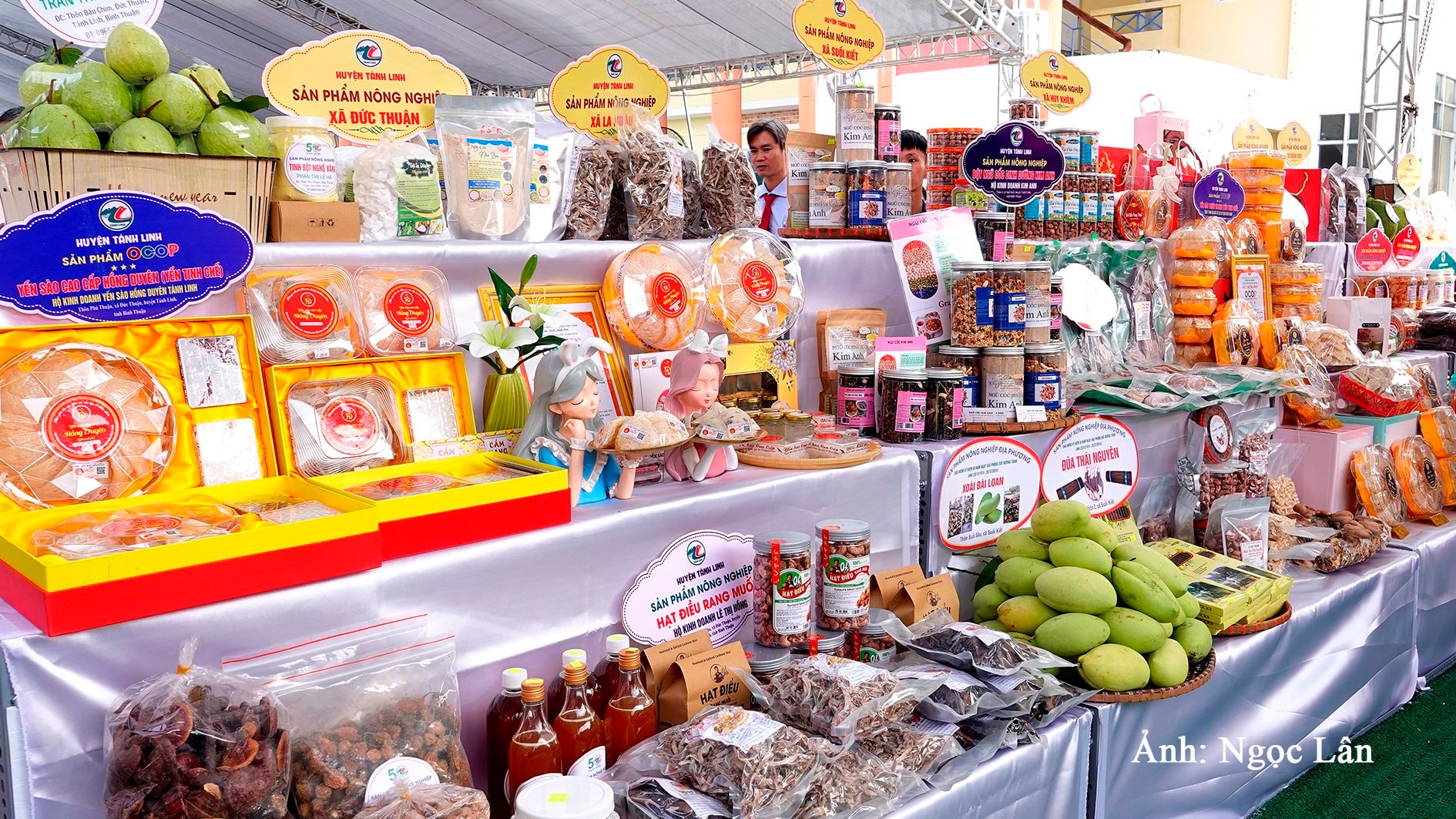
Memories
Amidst the vibrant festive atmosphere of the historic April, memories suddenly flooded back from the mountainous region of Tánh Linh. Fragmented, piecemeal memories of a time when meals consisted of rice mixed with potatoes and sliced noodles. After liberation, Tánh Linh – separated from Đức Linh district in 1983 – had many new economic zones stretching from Suối Kiết to Đức Phú. The mountains were towering, and wild animals lurked, to the point that someone weeding in their garden near the road was gored in the thigh by a wild boar. In 1994, my older sister's house, located on the main road DT. 717, was attacked by a tiger that snatched a sow nursing herd. In the middle of the night, hearing the sow's unusual cries, my sister and her husband opened the back door to check and found the tiger had bitten the sow's neck and dragged it away... Not only wild boars and tigers, but also elephants came to destroy the fields in Gia Huynh commune. The Ministry of Agriculture then had to organize a professional team to capture the elephant herd and relocate it elsewhere, causing a nationwide sensation...
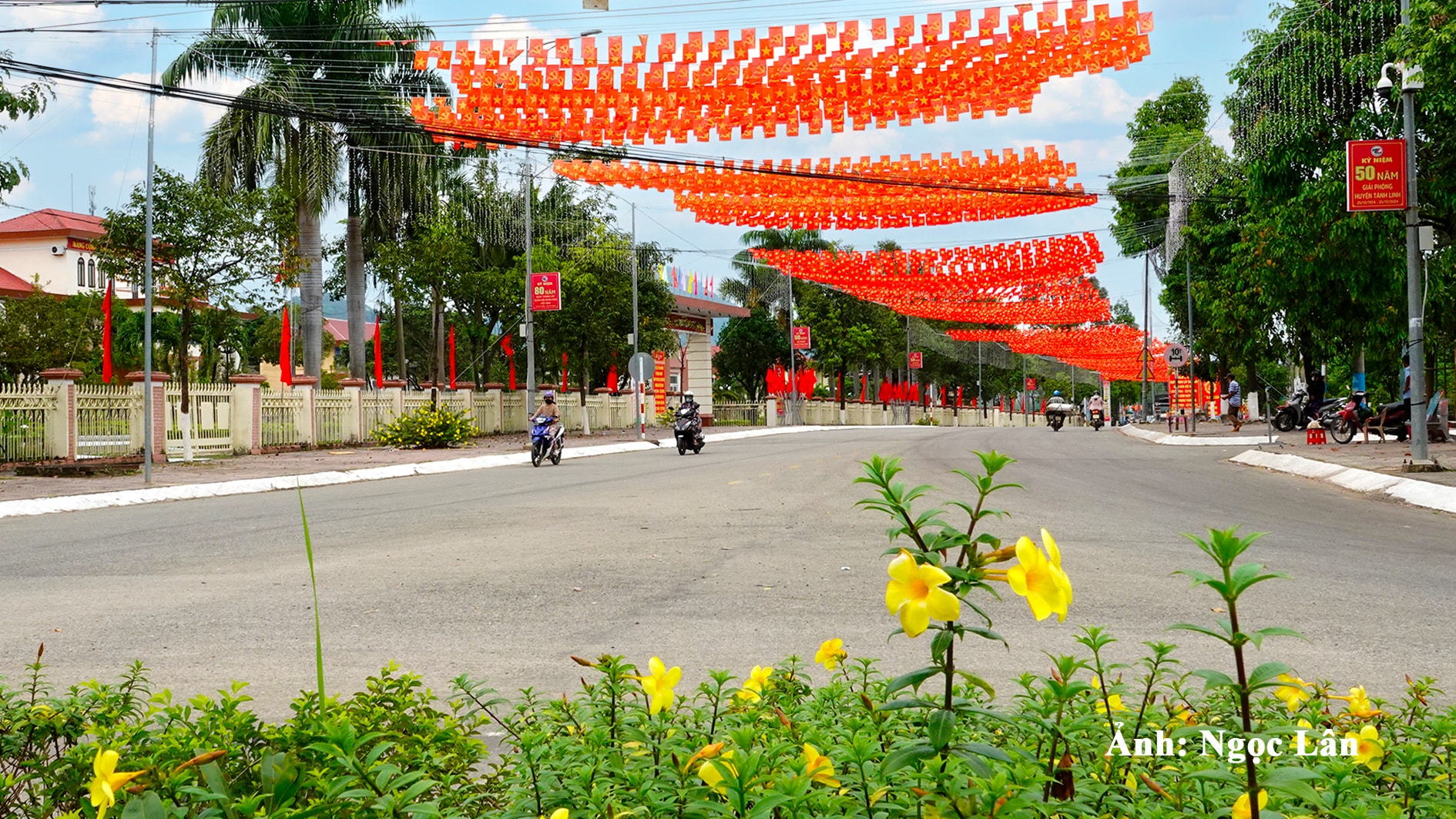
As time passed, more families migrated to the area, and Tanh Linh became increasingly populated. New houses sprang up along both sides of Provincial Road 717 and National Highway 55, and children from the new economic zone flocked to school to pursue higher education... My family was large, and we were all of working age, with only me, the youngest, still attending school. Therefore, land was readily available; we just needed to clear the land to plant cassava, sweet potatoes, corn, or sorghum. The same applied to rice paddies; back then, there was no irrigation, so wherever there were rivers or streams, we cleared the land. With ample land and sparse population, those with the strength could work freely, becoming self-sufficient. I remember back in the 1986-1987 school year, several of my older siblings and I went to high school in Duc Linh district (at that time, Tanh Linh didn't have a high school). We had to stay in rented accommodation, but we only brought enough rice for the week, and a little extra to give to the landlord who let us stay (going to school far away meant staying in rented accommodation and only returning home once a week). However, when we passed the market management checkpoint - the barrier in Duc Phu commune bordering Duc Linh district - our rice would be confiscated, the reason being to prevent smuggling.
In 1988, Tánh Linh had a high school in Lạc Tánh town, and needless to say, the people in the area were overjoyed, including me. Even though at that time, anyone from the area between Nghị Đức and Bắc Ruộng who wanted to attend high school had to cycle 20-30 km. Besides having to pack meals and carry rice every week, the arduous journey along National Highway 717 was muddy up to our knees, with many sections lacking dry ground to push our bikes. We had to carry our bicycles, along with our rice and salt, for a week's worth of food, wading through the mud on our shoulders to get to school. Sometimes, the coal-fired buses would overturn, but because the mud covered more than half the wheels, no one carrying dozens of people got even a scratch...
Perhaps it was thanks to the encouragement of older generations that many of the high school students from that difficult period later achieved remarkable success. Many became renowned doctors working at leading hospitals in Ho Chi Minh City, some became professors and PhDs, and others became famous scientists . Some became successful entrepreneurs who donated money to their hometown of Tánh Linh to build rural roads, houses for poor and disadvantaged families, and to install electricity for rural security lighting projects, contributing to the new rural development program...
key rice-growing area of the province
Returning to Tánh Linh today, enjoying a delicious meal with friends, I recall the years before 1995-1996, when agricultural production in Tánh Linh mainly relied on rainwater, resulting in only one crop per year for most crops. During the dry season, farmers had to abandon their fields due to lack of irrigation water. Production was only possible in areas with self-flowing irrigation dams, but the area was small due to the limited scale of operations. At that time, the district's food production only reached 60,000-70,000 tons per year, with an average per capita food supply of around 900 kg/person/year, resulting in a low standard of living. Water for agricultural production was a critical issue and a top priority for Tánh Linh district and its people. When the Hàm Thuận - Đa Mi hydroelectric power plant officially commenced construction in 1997, Tánh Linh district seized the opportunity and requested approval from higher authorities to invest in the La Ngà River irrigation system. Over the years, Tanh Linh has basically completed its irrigation system with two main canals, the South Canal and the North Canal, and has "networked" a system of branches to irrigate thousands of hectares of rice fields in the district.
Mr. Giap Ha Bac, Chairman of the People's Committee of Tanh Linh District, said: In 2024, the total area of annual crops planted in the district reached 33,650 hectares, with an estimated food production of 196,267 tons. Rice cultivation was particularly outstanding, thanks to proactive planting seasons, with a planted area of 27,480 hectares and a production of 137,226 tons. High-quality rice varieties such as ST25, OM5451, OM4900, OM18, ML202... were introduced into model fields following VietGAP standards to create high-quality rice within the "Tanh Linh Rice" brand chain for market supply...
From a poor mountainous region, Tanh Linh has transformed, becoming a key rice-growing area of the province. Furthermore, in addition to rice, Tanh Linh has diversified its agricultural products and prioritized the production of high-quality agricultural goods. To date, Tanh Linh has nearly 30 OCOP agricultural products achieving 3-4 stars. From a land facing numerous difficulties, Tanh Linh now boasts many well-off and wealthy households. Statistics from 2024 show that the average per capita income in Tanh Linh was 53.6 million VND/person/year, an increase of over 20.5 million VND compared to 2020... This demonstrates that Tanh Linh is not only heroic in the resistance against foreign invaders but also resilient and innovative in economic development, making this mountainous region increasingly prosperous.
“I returned to Tánh Linh during those historic April days, and sat down to eat rice produced from the high-quality rice in the “Tánh Linh Rice” brand, topped with bitter melon soup cooked with snakehead fish cakes caught from the Lạc Sea – it was surprisingly delicious. I don't know if it was the unfamiliar taste of the snakehead fish that made it so good, or if it was the taste of home that made it so delicious?!”
Source: https://baobinhthuan.com.vn/tu-noi-kho-han-den-vung-lua-trong-diem-cua-tinh-129882.html



![[Photo] Prime Minister Pham Minh Chinh presides over the conference announcing the establishment of the International Finance Centre in Vietnam.](/_next/image?url=https%3A%2F%2Fvphoto.vietnam.vn%2Fthumb%2F1200x675%2Fvietnam%2Fresource%2FIMAGE%2F2025%2F12%2F21%2F1766309817714_ndo_br_dsc-3400-jpg.webp&w=3840&q=75)
![[Photo] Prime Minister Pham Minh Chinh presides over a meeting on private sector economic development.](/_next/image?url=https%3A%2F%2Fvphoto.vietnam.vn%2Fthumb%2F1200x675%2Fvietnam%2Fresource%2FIMAGE%2F2025%2F12%2F20%2F1766237501876_thiet-ke-chua-co-ten-40-png.webp&w=3840&q=75)



















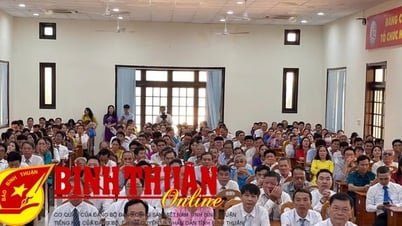
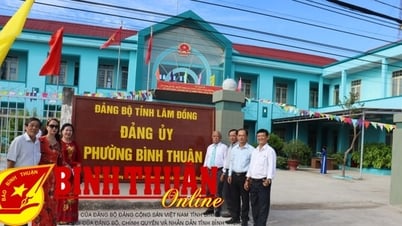
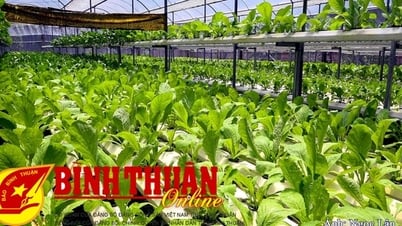
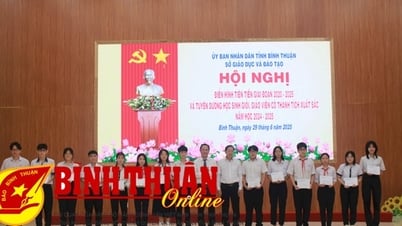

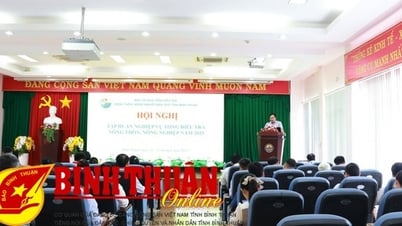




































































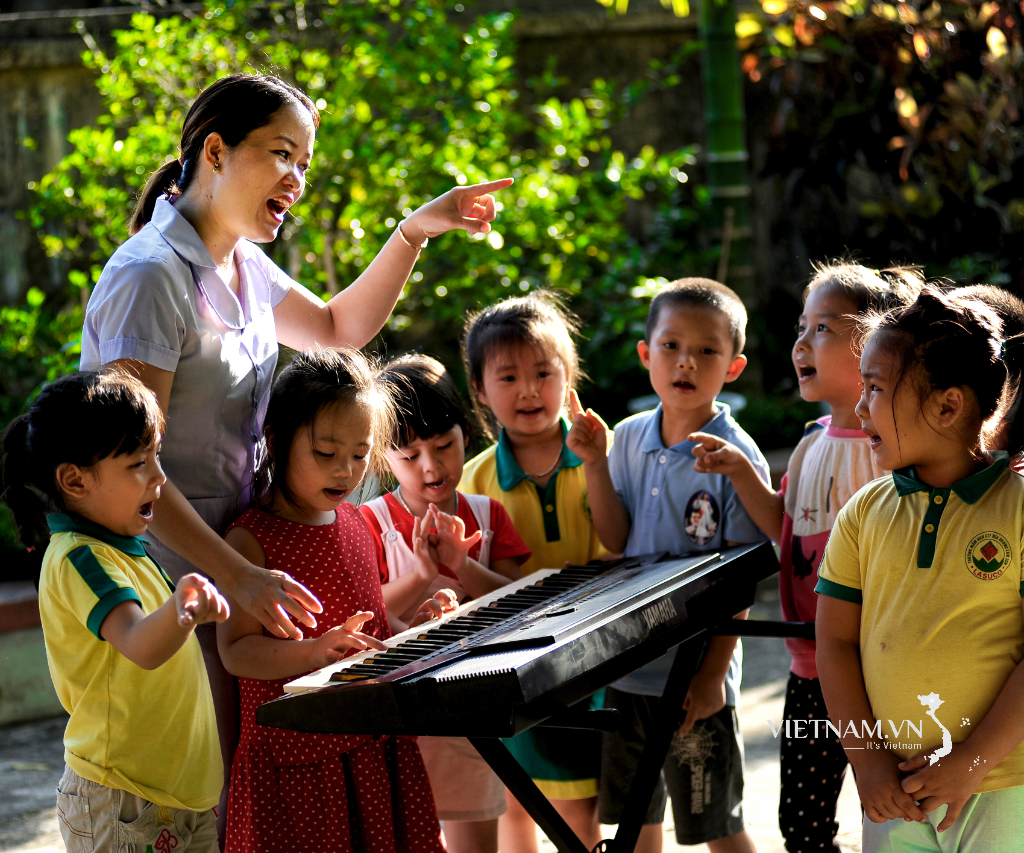
Comment (0)